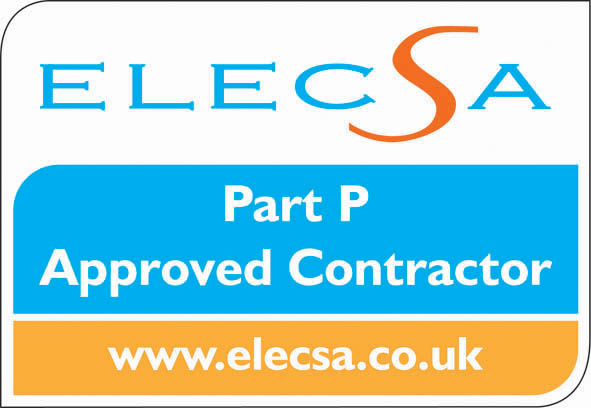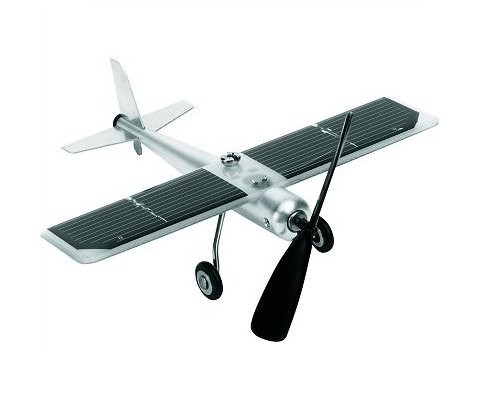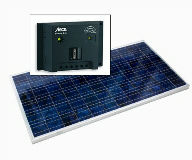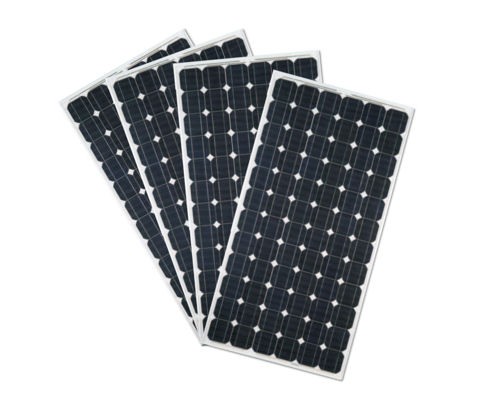Stand Alone PV Systems
What are they?
Off grid power systems are ideal for providing energy to rural properties, holiday homes, alternative power systems and small community power supplies. If you live in an area where there is no electricity and connecting to the electricity grid is not an option, most likely it is far too expensive! A solar will need little maintenance simply because there are no moving parts. Component failure is very rare and come with superb guarantees, solar panels offer a 25 year warranty as standard. Best of all, you are generating your own electricity for free!
With an off grid system you will need somewhere to store the generated electricity and this is usually stored in batteries. The battery bank provides electricity at night, and during periods of cloud cover.
Remote power systems are installed for a range of reasons, including:
- expensive grid connection;
- desire to use renewable energy;
- low running costs;
- environmentally safe - no overhead wires;
- desire for independence from the grid.
Systems can comprise of a stand-alone pv system and wind turbine, solar pv system.
Stand-alone solar (only PV) systems require high availability and so systems are often oversized, to account for long summer and/or short winter sunshine. Over sizing is expensive, but may be necessary for applications in remote areas, On the other hand, house design and orientation, plus a planned maintenance schedule and careful choice of energy sources and appliances are of critical importance.
A stand alone system varies in size and type, the stand alone system is also known as an off grid system.Off Grid systems (standalone) use a photovoltaic system to supply electricity to a consumer unit directly or via a battery, independently of other energy sources. These systems are suitable for small devices and equipment not close to an electricity supply (e.g. street lighting, water pumps, radio and signal equipment).
Configuration
The solar panels need to be configured to match the system DC voltage, which is determined by the battery. System voltages are typically, 12V DC and 24V DC, larger systems will operate at 48V DC.
The operating voltage of a solar panel in a stand-alone system must be high enough to charge the batteries. For example, a 12V battery will require 14.4V to charge it. The solar panel must be able to deliver this voltage to the battery after power losses and voltage drop in the cables and charge controller and in conditions in which the solar cells operate at a high temperature. A solar panel with a Voc of about 20V is required to reliably charge a 12V battery.
Charge Controllers
A charge controller is designed to protect the battery and ensure it has a long working life without impairing the system efficiency. Batteries should not be overcharged and the function of the charge controller is to ensure that the battery is not over charged.
- Charge controllers are designed to function as follows:
- protect the battery from over-discharge, normally referred to as low voltage disconnect (LVD) that disconnects the battery from the load when the battery reaches a certain depth of discharge (DOD).
- protect the battery from over-charging by limiting the charging voltage - this is important with sealed batteries - it is usually referred to as high voltage disconnect (HVD).
- prevent current flowing back into the solar panel during the night, so called reverse current.
NOTE: controllers with MPP tracking will ensure that the solar modules operate at optimal rating and can increase output by 10% or more.
Batteries
The power requirements of stand alone pv systems are rarely in sync with the battery charging. Appliances and loads need to be powered when there is sufficient solar radiation, during overcast weather and during the night. Bad weather may last for several days and the daily charging and discharging of the batteries takes its toll on them. Batteries that are able to handle the constant charging and discharging are known as deep cycle batteries. Batteries need to have a good charging efficiency, low charging currents and low self-discharge.
Cables and Accessories
Cables need to be UV resistant and suitable for outdoor applications. It is very important to keep power losses and voltage drop in the cable to a minimum. It is recommended that this be less than 3% between the the array and the batteries and less than 5% between the battery and DC loads.
How they work?
Components of a stand alone solar pv system
| Solar Panels | Charge Controller | Power Inverter | Mains Electricity | |||
 |
 |
 |
 |
|||
| Battery Bank |  |
 |
The Advantages of Stand Alone Systems
- Cost - Cheaper to Install
- Faster Installations as they are Not conected to mains grid
- Don't have to dig up gardens
Example of a Stand Alone Solar (PV) Budget System
A typical 2KW solar PV system would comprise the following:
- a) 10 x Kyocera 215Watt Solar PV modules, 24V
- b) 2 x DC Circuit breakers.
- c) 1 x "Victron Multiplus 5000W, 48V Inverter (48 volt, 5000 watt DC-AC inverter)
- d. 12 x 110Ah AGM batteries.
- e) 3 x Top-of-Pole Mounting frame for solar panels
- f) Cables for solar panels, inverter and batteries.
The power generated by the 2150W of solar panels is stored in twelve batteries and converted to 240V AC mains electricity via a 48V inverter. All of the following appliances and gadgets can be run (though not all at once!)
- low power lighting
- stereo, tuner, CD and DVD player
- small fridge
- TV and VCR
- computer, printer, and scanner
- kettle
- various power tools
- microwave oven
- toaster
- vacuum cleaner




